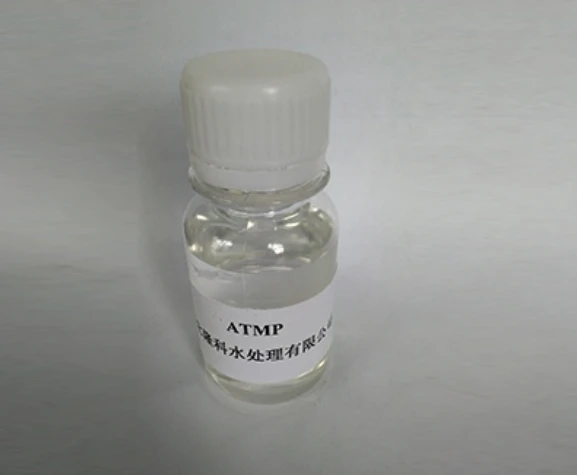Applications and Benefits of Cationic Polyacrylamide in Various Industries
Cationic polyacrylamide (CPAM) is a versatile polymer widely used in various industrial applications due to its unique properties. This water-soluble polymer is synthesized from acrylamide and a cationic monomer, resulting in a compound with a positive charge that makes it particularly effective in different processes. Its applications span across several industries, including water treatment, papermaking, oil recovery, and agriculture.
One of the most significant uses of cationic polyacrylamide is in water treatment. CPAM is used as a coagulant and flocculant, helping to remove suspended solids and impurities from water. When introduced into wastewater or effluent, it can bind with negatively charged particles, forming larger aggregates that can be easily separated from the water. This capability is crucial for municipalities and industries that must comply with environmental regulations regarding water quality. By effectively clarifying water, CPAM plays a vital role in ensuring that treated water meets safety standards before being released into the environment or reused.
.
The oil and gas industry also benefits from the properties of cationic polyacrylamide. In particular, it is used to improve the efficiency of drilling fluids and enhance oil recovery processes. By modifying the rheological properties of drilling muds, CPAM ensures better viscosity control and stability at various temperatures and pressures. Additionally, in enhanced oil recovery applications, cationic polyacrylamide helps to improve the mobility of oil, facilitating its extraction from reservoirs. This results in higher yields and more efficient resource utilization, making it an invaluable asset in the energy sector.
cationic polyacrylamide uses

Agriculture is another area where cationic polyacrylamide plays a crucial role. It is used as a soil conditioner to enhance water retention and improve soil structure. By increasing soil aggregation, CPAM helps to reduce erosion and promotes healthy root development in crops. This is particularly important in regions prone to drought or where soil quality is compromised. Farmers using CPAM can achieve better yields and contribute to sustainable agricultural practices, ultimately benefiting food security.
Furthermore, cationic polyacrylamide finds applications in cosmetics and personal care products. It serves as a thickening agent and stabilizer in various formulations, enhancing texture and performance. The versatility of CPAM extends to the manufacturing of adhesives, coatings, and textiles, where its properties contribute to improved product quality and functionality.
In summary, cationic polyacrylamide is an essential polymer with a wide range of applications across diverse industries. Its effectiveness as a flocculant in water treatment, retention aid in papermaking, enhancer in oil recovery, soil conditioner in agriculture, and stabilizer in cosmetics highlights its versatility. As industries continue to pursue sustainability and efficiency, the demand for cationic polyacrylamide is likely to grow, further solidifying its place as a key component in modern industrial processes.
-
Water Treatment with Flocculant Water TreatmentNewsJun.12,2025
-
Polymaleic AnhydrideNewsJun.12,2025
-
Polyaspartic AcidNewsJun.12,2025
-
Enhance Industrial Processes with IsothiazolinonesNewsJun.12,2025
-
Enhance Industrial Processes with PBTCA SolutionsNewsJun.12,2025
-
Dodecyldimethylbenzylammonium Chloride SolutionsNewsJun.12,2025





